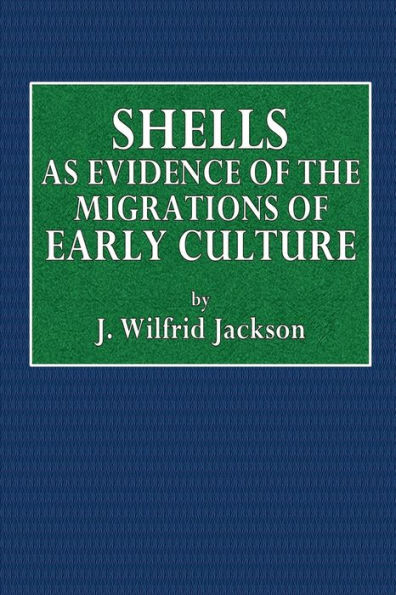From the INTRODUCTION.
In most places where shells are used it is not their decorative or aesthetic value to which primary importance is attached. Some arbitrary meaning that, in the course of ages, has come to be attached to or associated with certain shells determined the value assigned to them and impelled men to search for them far and wide and often at great peril. The cowry is widely believed to confer fertility on women and to help in the process of parturition. They are, therefore, worn on girdles by maidens, presented to them as bridal offerings, and used by sterile or pregnant women to attain these respective benefits. They are also put into' graves to confer vitalising power and ensure the continuance of the deceased's existence, i.e., not merely life but also resurrection. They have been used as artificial eyes for mummies, and also as charms against the evil eye, and to bring good luck. Hence they are used for games of chance. They were probably the earliest form of currency.
Many of these attributes of the cowry were also transferred to the snail shell. Like the cowry it also was the source of life, the parent of mankind, the dwelling place of the. deity who conferred the blessings of fertility, not only to mankind, but also to his crops. The murmur of the shell was the voice of the god, and the trumpet made of a shell became an important instrument in initiation ceremonies and in temple worship. In the search for these shells special significance probably first came to be attached to pearls, which, however, had been known for many ages before then to the oyster-eating makers of kitchen-middens; and some of the magical powers associated with shells were also transferred to pearls.
Pearl-like bodies are obtained from a considerable number of shells in addition to those of the pearl oyster; and it is significant that a special cultural importance came to be attached to most, if not all of them.
Of these the Abalone (Haliotis), the classical designation of which is "Ear of Venus," is used for ornament and currency. Its resemblance to a human ear and the serial arrangement of the perforations near its margin suggest the possibility that the custom of piercing the helix in a linear series may have some connexion with this likeness.
It is all the more suggestive when this method of perforation is found in association with the use of an ear-pendant made of Haliotis shell. Strombus gigas (the common conch), which is used as a ceremonial trumpet, produces pink pearls; and Turbinella pyrum (the Indian chank), which is the trumpet and libation-vessel of India, Thibet and China, has pink and pale red pearls. Another of this series is Tridacna gigas (Giant Clam), which is used in Oceania as well as in the West Indies for making axes and other tools, and in certain Christian churches in Europe as receptacles for 'holy water.' Venus mercenaria (Quahog or Hard Clam) is used for making shell money "Wampum " in North America. Nautilus pompilius is cut up and used for ornament and as eyes for Torres Straits mummies. It is also used as a drinking vessel in India and elsewhere.
If one asks the question how did these remarkable qualities come to be attributed to certain shells, the answer is plainly given by the collection of data brought together by Mr. Jackson.



